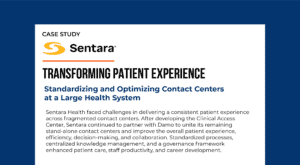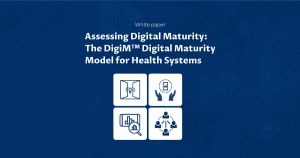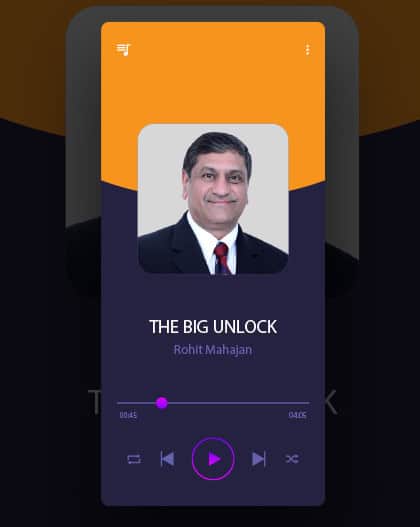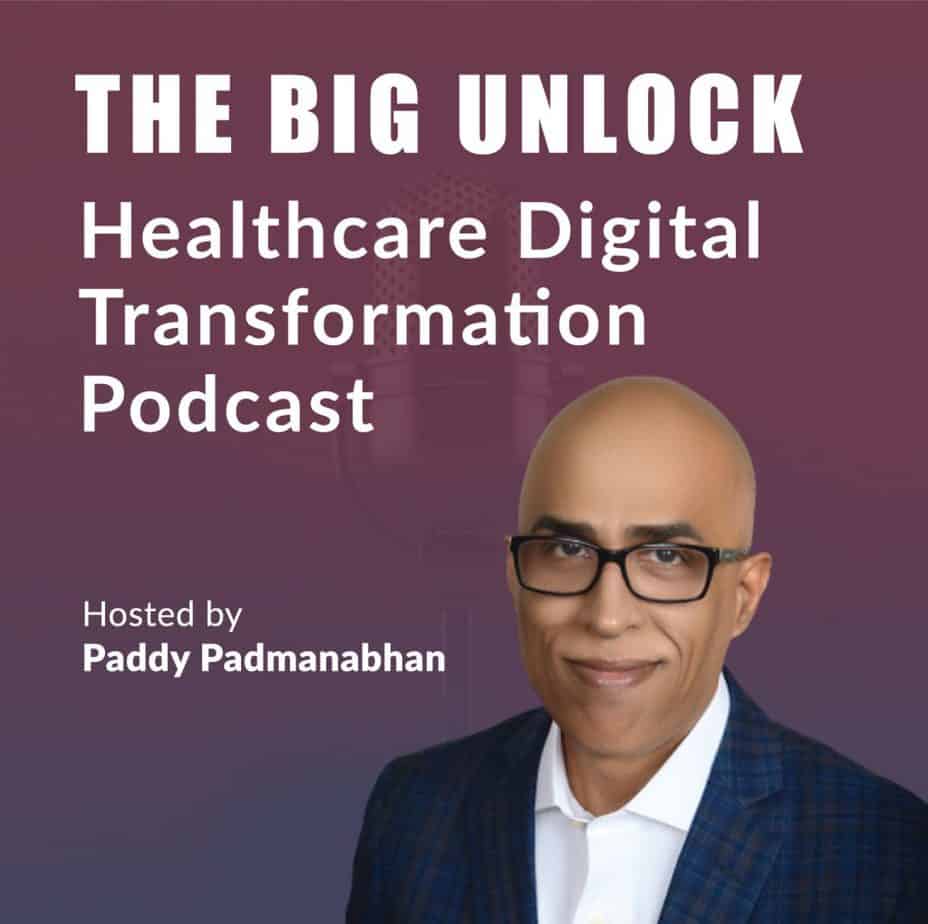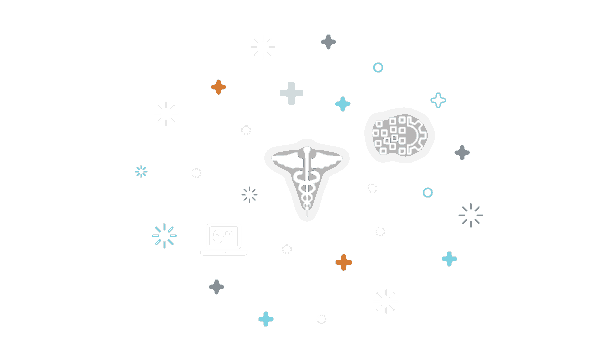How to integrate SDOH with EMR data for more intuitive care coordination and patient engagement?
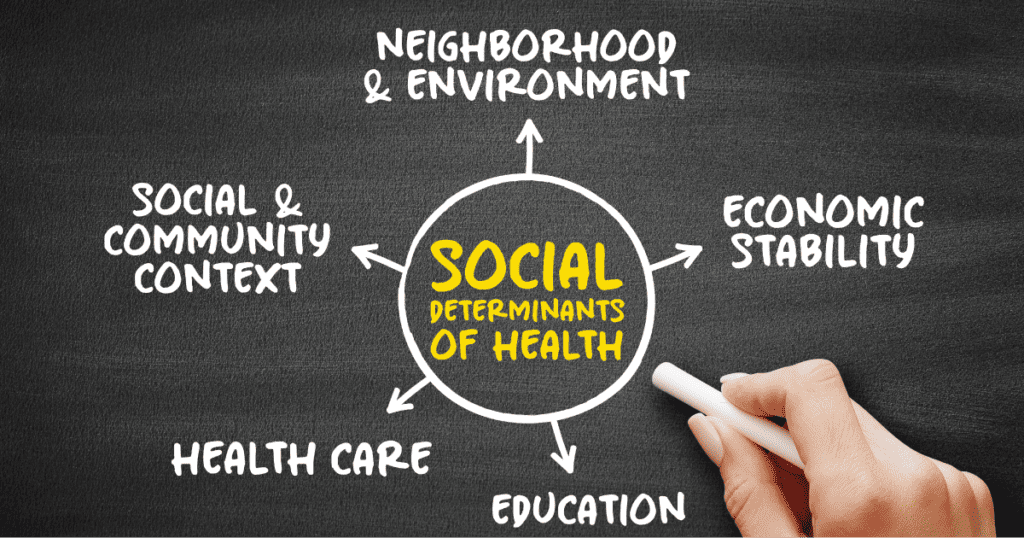
Non-medical factors contribute to the health outcomes of populations across the world. Thorough history-taking has always uncovered various non-medical factors impacting health but has never been documented in a structured format. A significant aspect of non-medical factors is the social determinants of health. The first report on social determinants of health was published in July 2008 by the WHO. It reported differences in life expectancy between high- and low-income countries, premature deaths due to NCDs in low- and middle-income countries, and relative gaps between poorer and richer subgroups of populations for diseases like cancer have increased in all regions worldwide. These factors contribute to inequities in health, urging researchers and public health policymakers to include SDOH assessments and interventions as part of routine care.
There is a considerable variation in social determinants. For Physicians, SDOH data form an important part of clinical decision-making. However, documenting this SDOH data in the EHR is a daunting task for them and hinders the intuitiveness of decision-making, and the extra layers of documentation can be distracting. But SDOH data is crucial for policymakers in designing effective policies and frameworks.
The CDC has defined 12 dimensions of data within our social environment, a comprehensive list that can account for almost everything that can be a part of a patient’s social determinants. In this post, I discuss who, where, and how we can address effective SDOH documentation without interfering with the intuitiveness and practice of physicians.
The current state of SDOH documentation
Traditionally, doctors have documented SDOH in scribbled notes in the corners of case sheets about a patient’s family health circumstances, in SOAP notes, or in the clinical documentation sections. The information about these captured notes stayed with the physician. If the patient were transferred to a different provider or physician, the chances to retake notes would follow. While SDOH data has always played an important role in the diagnosis, it has received second-class treatment in medical documentation.
In recent years, the need to capture SDOH factors related to a patient has gained ground due to digital documentation and interoperability. However, documenting social and economic factors related to a patient comes with a set of challenges:
- Unwilling to share income and past ailments due to insurance coverage issues.
- Lack of education or information about what may be causing health issues.
- Unwilling to share social and religious or acquired superstitions or customs.
- The question of who will document the notes and physician burnout.
Documenting SDOH Should Not Tax the Physicians
The physician is often the patient’s first or closest point of contact during clinical consultation. It is, therefore, evident that the onus of recording lies with the physician. However, when this documentation becomes a mandatory requirement to be conducted in a prescribed manner, it becomes a burden for the physician. A physician’s job is to diagnose the patient, detect the ailment, and treat it. All information exchanged during the consultation process is intuitive and therefore must be captured as is. The physician must be spared of the extra layer of documentation in the prescribed format and must have the liberty to document relevant SDOH as per their diagnosis needs.
With advances in NLP and speech-to-text technologies, we can easily glean SDOH data from unstructured notes and aggregate them to display across a simple interface for the physician to refer to during a consult. Social workers or counselors specializing in providing resources for social or economic situations may also refer to this data.
Some of the other simple ways from where SDOH data can be gleaned:
- Physician notes and nursing flowsheets. Technology companies are also developing platforms to extract SDOH data from unstructured notes that will evolve without interfering with the natural ways of a physician.
- Using structured questionnaires by social workers and case managers, like PRAPARE, Hunger Vital Sign®, and AHC-HRSN screening tool. Since these are SNOMED CT coded information, that can be a wealth of information (https://www.healthit.gov/isa/taxonomy/term/1801/uscdi-v3)
- Several open sources have demographic information on populations living in certain areas, which can provide insights into their health. For example, people living in areas getting hard water are more predisposed to arterial hardness or heart-related issues.
Documenting SDOH data – the Who, Where, and How
Who should document the SDOH data?
The extraneous factors impacting health can come from social workers, care managers, nurses, referring physicians, and most importantly, the primary care physician. In large care settings, where multiple people are responsible for patient care, the SDOH data can get lost unless a single person compiles this information in a readable format. Nurse managers and social workers can jointly share the ownership of collecting this information, including getting it from the physician’s notes and storing it within a designated space in the EMR.
Where should SDOH be documented within the EMR?
Nursing flowsheets during admission and discharge, structured questionnaires like PRAPARE, and unstructured notes in physician clinical documentation are the three primary sources of data for SDOH. Another evolving source of data could be the CRM. When social workers or call center agents make notes during appointment cancellation, it may be about an elderly caller explaining unanswered phone calls due to the lack of a hearing aid.
How should SDOH data be documented – Vocabulary standards and formats?
The ICD-10 Z codes, Z-55 to Z-65, have been used for SDOH data. In a 2019 report published by CMS, out of 33.1 million records, about 524700 records had icd10 Z codes. This comprised just 1.59% of the total records with SDOH information. This, however, includes only the structured formats. The hidden pieces in clinician notes are not accounted for here.
The first version of USCDI, when the ONC rules were released, did not mention the SDOH data. Subsequently, the USCDI v2 has four categories of data on SDOH: assessment, goals, interventions, and problems. Since then, each version has been improvised to add more variables to SDOH. The interesting and most relevant change is the addition of SNOMED CT as the standard norm, allowing for much more preciseness in the information captured. For example, the codes for a common social determinant, “stress,” are very commonly captured in physician notes and have granular descriptions of the type of stress in SNOMED CT. For example, 276074009 is stress at work, and 276075005 is work-related worries. The HL7 Gravity project is a community project working towards SDOH documentation using FHIR standards.
With multiple scattered sources of SDOH information, there must be a section in the EHR for the physicians where all the information related to a patient SDOH data is available to see at a glance.
The way forward – Using SDOH data for a holistic care outcome
It will be interesting to see how implementing SDOH data from multiple sources shapes up. Knowing a patient’s social, economic, religious, and personal circumstances can provide a comprehensive understanding of the conditions afflicting them and help plan interventions. Policymakers, government organizations, and social workers can use the information in community programs to help people get the right resources to lead more meaningful lives.
SDOH is an ocean with multiple variations in individual patient histories, and nothing can beat a good history session by the primary care physician for data capture. But for that to happen, as digital health experts, we must observe best practices in data interoperability and implement or design processes that recognize and respect a physician’s profession and support its integrity instead of turning them into data administrators. Some of the best practices include:
- Data capture and coding with standard vocabulary standards: SNOMED CT has comprehensive terminologies for most social determinants of health and is continuously evolving.
- Use structured questionnaires that can be self-assessed or assessed by care managers or social workers.
- Technology interfaces that use unstructured data from clinical notes and structure them with standard codes by non-physician yet medically sound personnel.
Once all the above are transferred to applications that provide social services as an intervention, this could provide real outcomes in the value of health care received. Once we have successfully documented SDOH data from multiple sources without causing physician burnout, providing a holistic view of patient data to all stakeholders – policymakers, government, and care providers – will become a reality.

